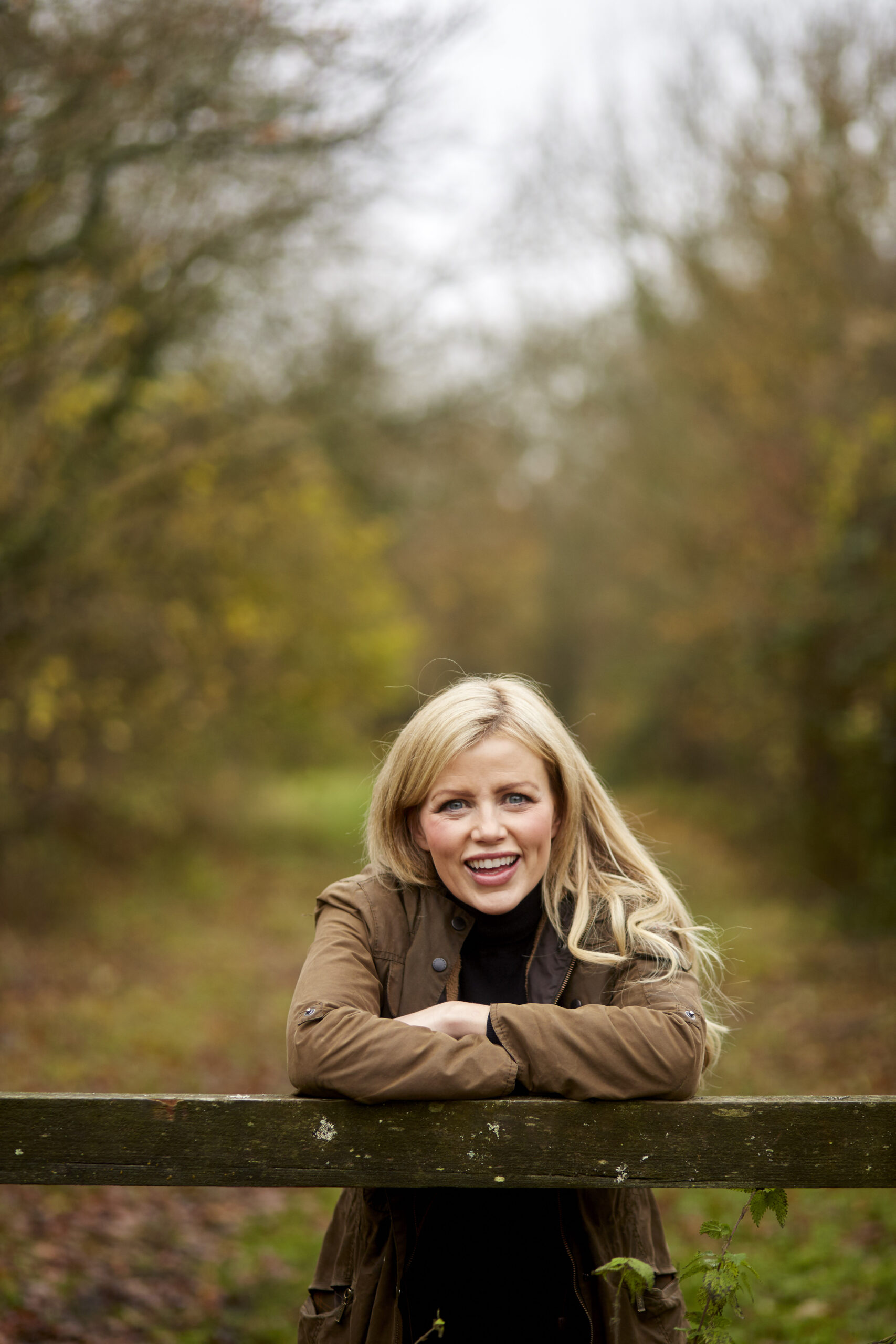"These are pretty much bomb-proof, they’ll grow anywhere,” reassured the Kew Gardens expert, handing me a packet of wild flower seeds especially marked ‘E’ – for ‘England’. Just the one packet, the size of a Sherbert Dip Dab. The other quarter of a million were being kept back for Countryfile viewers who were tasked with calling or applying online for their own free sachet. Who doesn’t like a freebie? Within hours of the broadcast, the Countryfile audience had lifted the lot. Hotter than Kate Bush tickets.

In my newly rented orchard, I (and my Mum, in exchange for her single packet) scraped away the thatched grass and dug over a patch of earth the size of a single mattress. “Is it a grave for an ex-presenter?” ventured our cameraman (certainly not), as I scattered the seed mix of ox-eye daisy, red campion and corncockle. It was a useful experiment in my hopes for this steep five-acre ancient cider orchard, plastering the north face of the Golden Valley near Stroud. Entirely beautiful, but what to do with it? Livestock? Cider? Slim pickings at this scale to make it pay. But one can never have too much wildlife, I reasoned, so managing the place accordingly was an excellent way to start. To its great credit, the Golden Valley is already thickly stocked with broadleaf woods. And trees are one of the two most impactful features when it comes to supporting wildlife. The second is water, and my place has a freshwater spring seeping down the middle.
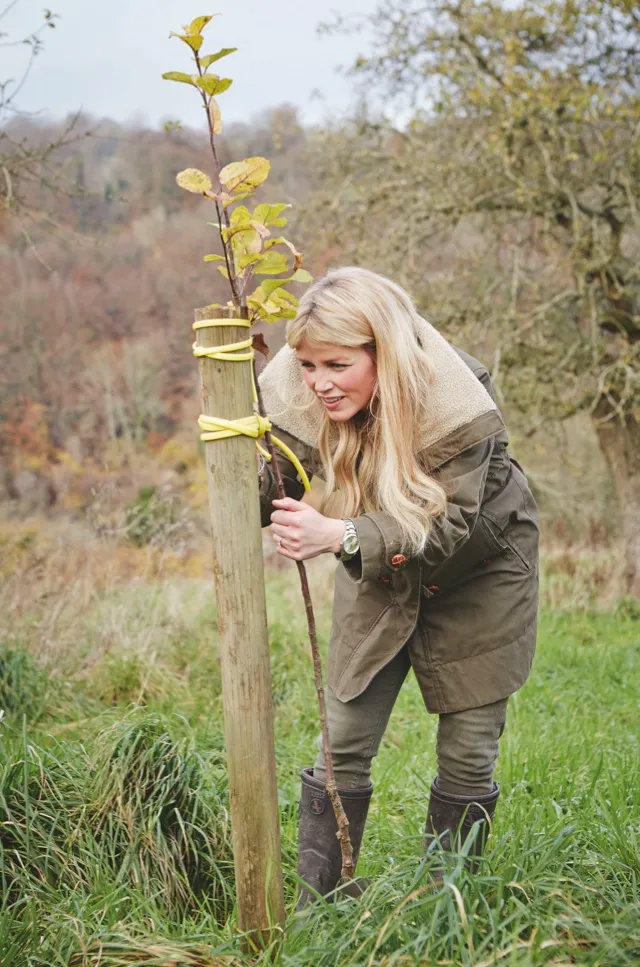
Food for thought
An obvious additional enticement for wildlife is offering food. Not feeders or hoppers for the charismatic mega-fauna. They can look after themselves, as long as I can get it right for the most important group of animals of all: invertebrates. Bring in the creepy crawlies and soon enough come the birds, the reptiles and the mammals.So, it’s first a big NO to spraying chemicals; second, a big YES to leaving the deadwood; and third, a big YES restoring the grassland to wildflowers. How hard can that be in year one? With no discernable crop yet to draw my attention, I can well do without spraying – tick. The 29 ancient apple trees carry, and have dropped, a decent weight of dead wood, rotting silently and helpfully away. More than 1,000 British invertebrate species rely on dead wood during at least one stage of their life cycle, including worms, snails, spiders, copepods, millipedes, centipedes, pseudoscorpions, mites and numerous insects. Indeed, the noble chafer beetle is shuffling its way off this mortal coil but has a medium hold in the ancient cider orchards of Gloucestershire (although the orchardists I’ve spoken to have never seen one). So, deadwood – tick. Onto the grass.
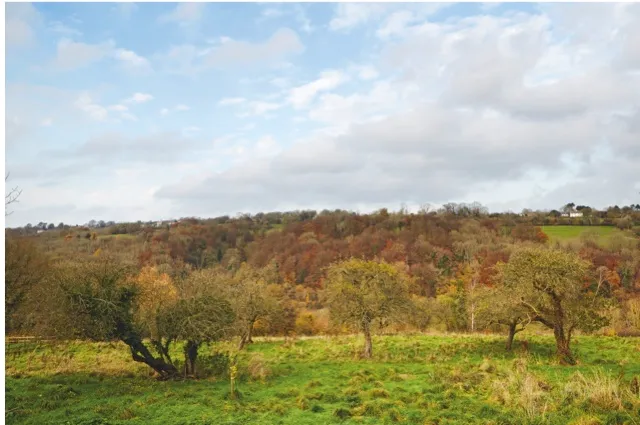
Hmm... I don’t recall having ever even seen the soil, so thick is the sward. It is nutrient rich, partially ‘improved’ and heaving with cocksfoot and Yorkshire fog, punctuated by nettle, dock and thistle. A pollinator couldn’t be more unimpressed with the offering. Wildflowers, we understand, like nutrient-poor soil. Various Wildlife Trusts are now encouraging property developers to cover gardens with hardcore and the thinnest layer of soil because that is how the wildflowers like it. Except my sweet pack – they grow anywhere. Actually, how are they doing? A tiny amount of greenery is starting to show. If these work, perhaps I don’t need to do that much legwork after all, merely lift the grass and sow.
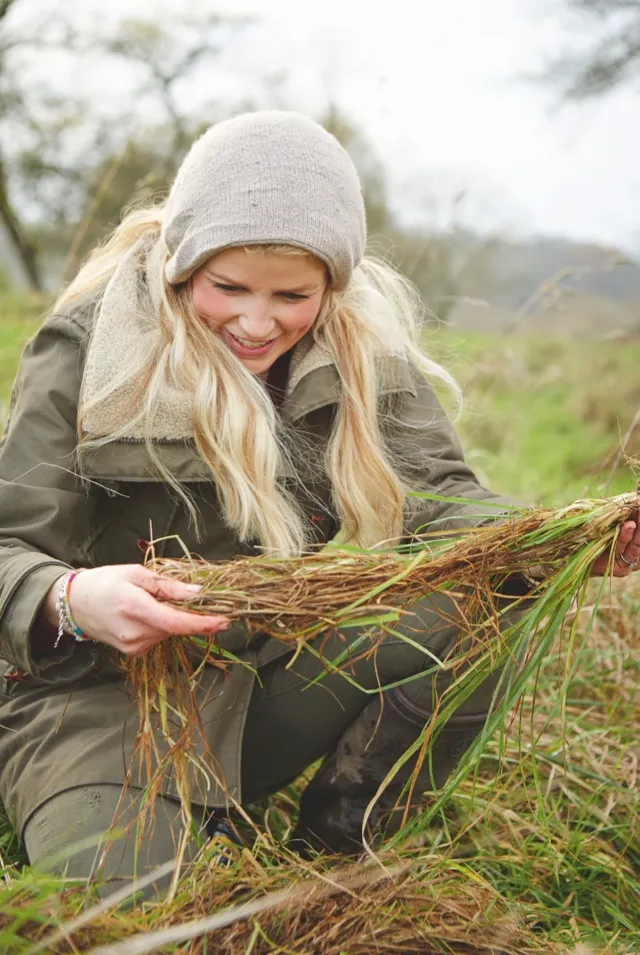
graze or mow?
What else can I do to encourage wildflowers? The idea is simple: remove the grass, taking out the competition, and lay wildflower seed – starting with yellow rattle, the muscle of the wildflower world. But putting the plan into effect is anything but. Remove the grass by mowing or grazing? Grazing has a long conservation heritage. But sheep, traditionally used for orchards because they avoid the trees, require ugly (and pricey) fencing. And they die as soon as you look at them.
Cattle are far more robust. Speaking to Adam (“Britain’s Best Loved Farmer™”) convinces me that Dexters would be the ideal starter cow. But as I type in my Government Gateway ID (ordinarily reserved for processing my tax return) to try to navigate the correct paperwork for having the cows, my heart falls to my boots. All this to cut the grass?
And I foresee further problems. The calendar for farming cows doesn’t work well with the calendar for cows in conservation. Hard grazing is required pre-summer; I’d then need to take the cows off during the delicate seeding months of the summer (particularly around the freshwater spring where I’ve found water forget-me-not, brook lime and meadow vetchling); then cows on again from late summer to winter for hard grazing plus a bit of poaching.
Charming as they’d be, cows require more input than mowing equipment. But with mowing, the cut grass must be removed completely because when the grass is high, most of the nutrients are above ground. So topping isn’t the answer. Could I offer the haycrop as payment for removing it? Only if I can find a farmer who isn’t consumed with the harvest when my grass has any value at all (any later and the sugars have altered, rendering it no good). And who is prepared to bring machinery to a steep gradient with slim access?
I begin looking into buying machinery for hilly terrain. The good stuff comes from Italy and Austria. Perhaps they’ll offer a discount in return for my eternal gratitude? “Certainly. We could do you a power-scythe, power-rake and mini-baler for £14k plus VAT. Any good?” Um, not really.
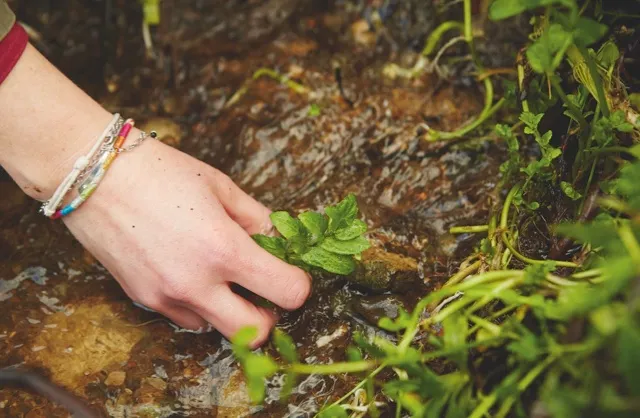
Hope springs
Weeks later, I look at the inane grin of the flower fairy (me!) staring blankly back from a newspaper, Countryfile’s free seeds fanned out in her hands, above a warning that they contain a dark secret. Not joy and invertebrate heaven, but toxicity from corncockles [NB: the threat is negligible according to Kew experts and nothing to worry about]. Brilliant. It reminds me to check on my graveyard patch. I wander down hopefully. Bare earth, a smattering of grass and two piles of Muntjac poo.
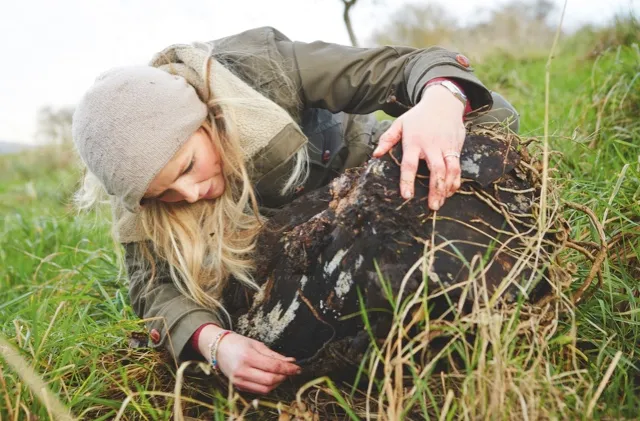
Looking out now, there, in the winter light, sits my still-beautiful orchard, the docks and thistles mocking me with every breath of wind. It’s been a slow start, but let’s see what spring brings.
